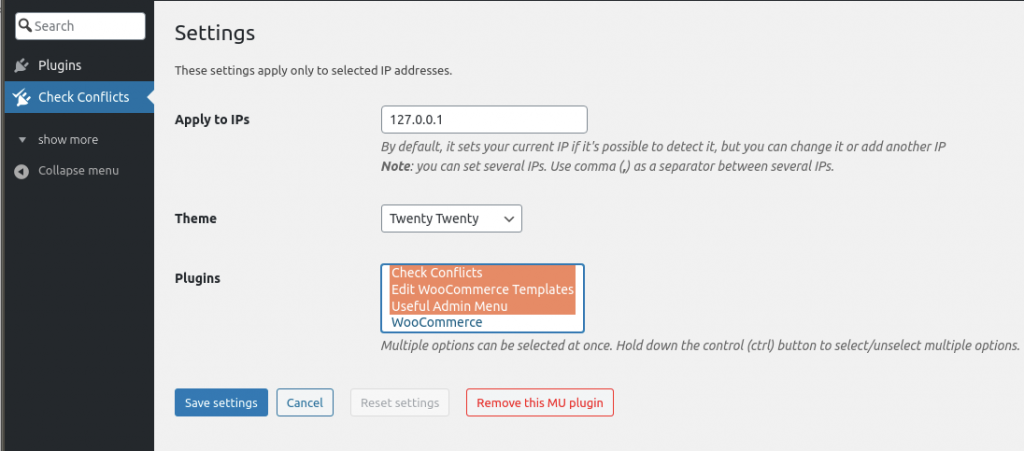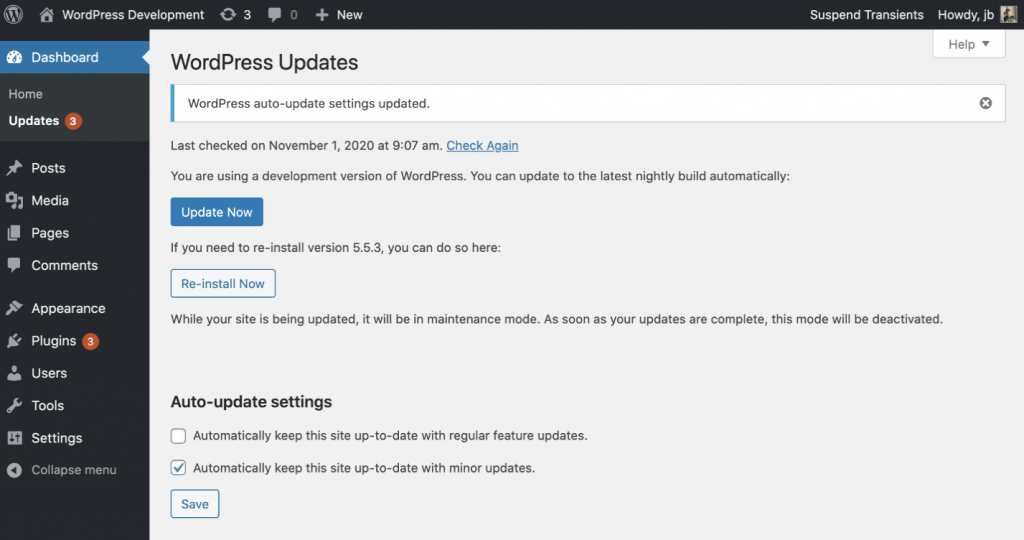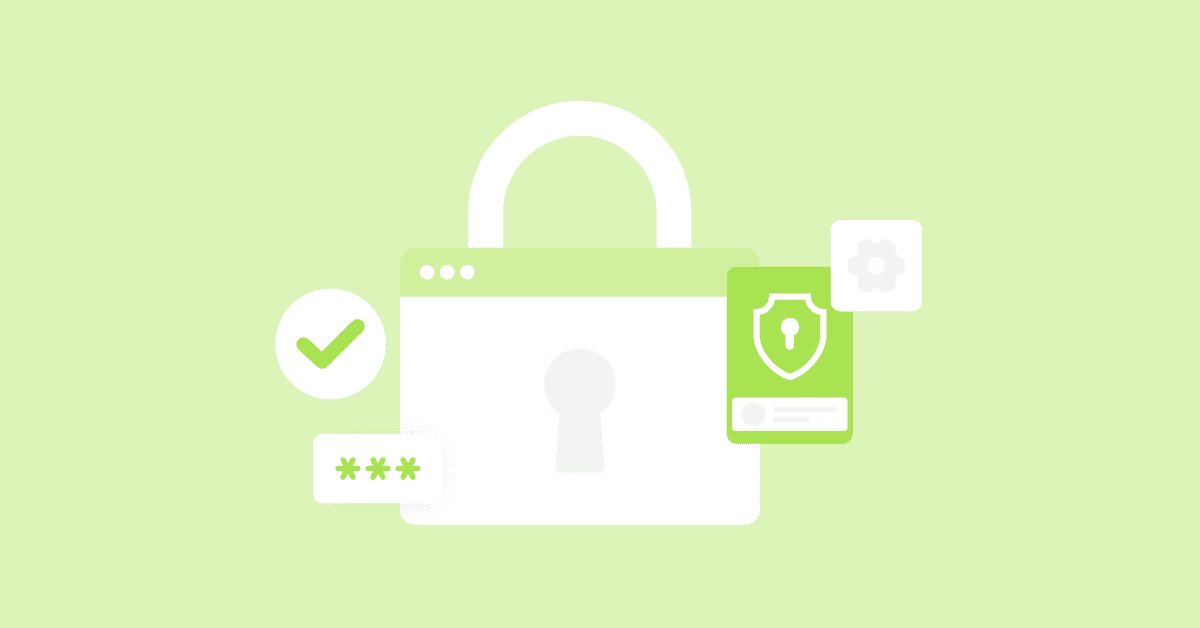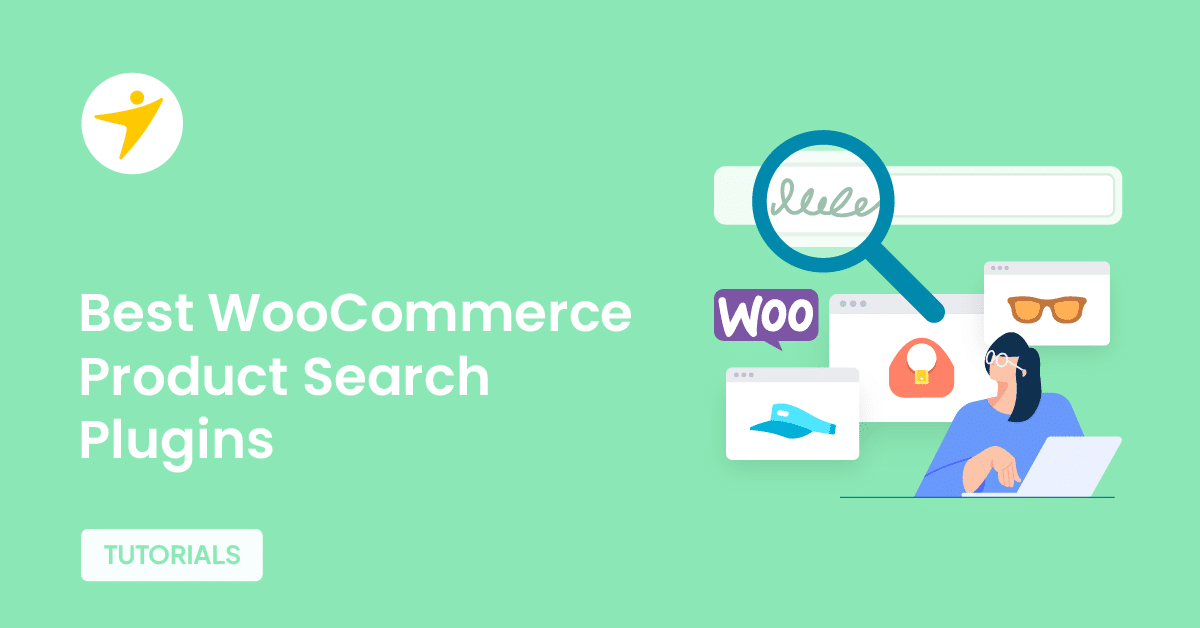People are still skeptical about going out with the COVID-19 pandemic mutating into different variants.
The current scenario makes the eCommerce industry an integral part of the world economy. This means that ecommerce platforms have to maintain extensive security.
But an ecommerce Plugin giant known as WooCommerce is having trouble with cybersecurity. Overall, there are more than 5 million websites installed the WooCommerce Plugin. Thus, more than 5 million + websites are at risk if they do not fix their WooCommerce vulnerabilities.
So, let us talk about WooCommerce security issues and their solutions.
Here you go:
Too many logins attempt
You are an avid internet user; you must know the importance of setting 2-factor authentication and strong passwords to keep hackers at bay.
But, if you keep allowing a hacker to try entering your password a thousand times, they may get it right at some point.
Hackers use bot networks to try different combinations of passwords. Unfortunately, WooCommerce does not have a safety protocol to limit those login attempts.
Its admin panel is open to every person who wants to log in. However, there is no identification system to disallow login attempts to those IP addresses that have been involved in brute-force attacks earlier.
So, what is the solution?
The Solution
To fix this, we need a Plugin to block those unknown IP addresses that repeatedly enter wrong passwords.
And that is where WP Plugin like Wordfence comes in. After installation, they can identify unknown IP addresses with multiple failed attempts.
It blocks those IP addresses from attempting to log in. So, the only way to log in is by requesting the admin’s approval, for which the person behind the address themselves has to contact the admin.
Absence of data encryption
Unfortunately, WooCommerce does not have an in-built data protection system. That is why it is best to have a third-party tool to protect your website from hackers.
Though this point has no direct connection with WooCommerce vulnerabilities, it directly impacts your website’s security.
If hackers can see what is being transferred between you and your customers, they can steal sensitive data such as email addresses, bank details, credit/debit card details, usernames, etc.
So, what is the solution?
The Solution
To ensure that your data remains hidden and safe, you need to install an SSL certificate. SSL or Secure Socket Layer is a security protocol that encrypts a website’s connection and protects its data from cybercriminals.

Be it an ecommerce website or an informative blog, SSL is mandatory for all. Google considers SSL as a deciding factor while ranking sites on its SERP.
SSL plays a major role in ecommerce websites by allowing them to accept payments online.
According to the Payment Card Industry’s guidelines, every ecommerce website must have an SSL for online transactions.
But you must be wondering, which SSL should I buy?
Though all SSL certificates are good for your WooCommerce store, we recommend you buy cost-effective cheap rapidSSL certificates or Comodo SSL certs as they are both cost-friendly, reliable and come from the house of trusted CAs.
The Plugin conflicts
We tend to install too many Plugin to make our site look its best. But that causes much mess amongst their functions.
Different Plugin are designed to regulate your backend in their ways. When multiple Plugin of the same type are installed on a website, they all try to access your panel, and your entire system goes nowhere.
The situation even worsens when those Plugin are installed for security purposes. Too many Plugin managing a single WooCommerce website’s security can invite many vulnerabilities.

So, what is the solution?
The solution
Firstly, stop installing a multitude of Plugin. In no way can they help your WooCommerce website become secure.
Plugin are there to ease certain processes such as filling up contact forms, pop-ups for newsletter signup, and identifying potential threats.
Too many of them of the same kind will hamper each other’s work.
Moreover, not every security protocol is as secure as an SSL certificate.
When you install a security Plugin, you give them access to the backend of your entire website. So, if those Plugin get hacked, your website will be at a huge risk of a data breach.
That is why it is best not to trust many Plugin for security. If you have to, only trust the ones that have the best reviews and ratings on Google.
No auto-update options are available.
Millions of websites rely on WordPress for their daily functioning. But, one security breach can significantly hamper all those businesses that rely on them.

Unfortunately, WooCommerce or WordPress does not have an auto-update available.
This means that users have to check for updates regularly to ensure that their software’s foundation is strong.
So, what is the solution?
The solution
Though it is a good exercise to check for updates regularly, we recommend using WP Plugin like Companion Auto Update if you cannot do that.
Companion auto-update will send an email notification whenever an update is available. This will relieve you of constantly keeping a watch on the availability.
You can focus elsewhere and check only when an update arrives.
Once you have all the security issues under control, perform regular WordPress website cleanups to keep your online business growing.
Final Thoughts
Given that cybercrimes are mounting every day, ecommerce users must fix common WooCommerce security problems.
Vulnerabilities like outdated software, no-SSL compliance, weak login security, and too many Plugin can mess your ecommerce website up.
With most people relying on ecommerce websites for their daily needs, security is no longer a personal concern.
A website breach does not just result in the loss of the owner’s data but also those customers associated with it. So, do not leave any stones unturned and cater to these WooCommerce issues if you are operating on the WooCommerce Plugin.
If you’re looking for a WooCommerce currency switcher solution, learn more on how to enable WooCommerce multi-currency.

